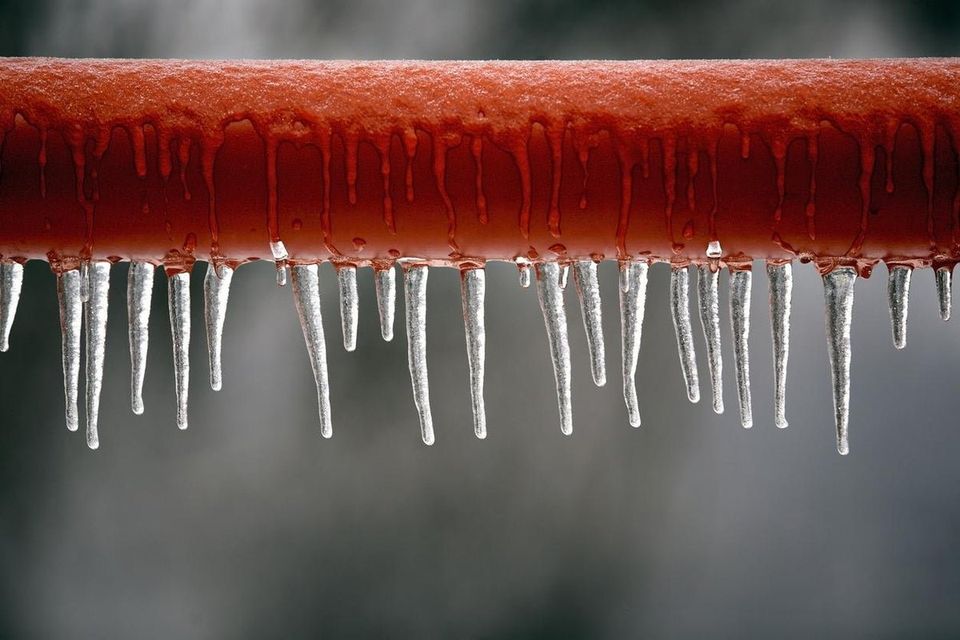Protecting Against Frozen Plumbing in Winter: Critical Advice
Go DealWhat are your thoughts and feelings about Prevent Frozen Pipes ?

Cold weather can wreak havoc on your plumbing, particularly by freezing pipelines. Below's just how to avoid it from happening and what to do if it does.
Introduction
As temperature levels decline, the threat of icy pipes rises, possibly leading to expensive repair work and water damage. Understanding how to prevent frozen pipes is important for home owners in chilly environments.
Comprehending Frozen Pipes
What triggers pipes to freeze?
Pipes ice up when subjected to temperatures below 32 ° F (0 ° C) for expanded durations. As water inside the pipes ices up, it broadens, putting pressure on the pipe walls and possibly creating them to rupture.
Risks and problems
Icy pipes can result in supply of water disturbances, building damages, and costly repair services. Ruptured pipes can flooding homes and trigger extensive structural damage.
Indicators of Frozen Piping
Identifying frozen pipes early can stop them from bursting.
How to identify icy pipelines
Search for decreased water flow from taps, uncommon odors or sounds from pipelines, and noticeable frost on subjected pipelines.
Avoidance Tips
Protecting at risk pipelines
Cover pipes in insulation sleeves or utilize warm tape to shield them from freezing temperatures. Concentrate on pipelines in unheated or external locations of the home.
Heating methods
Keep interior spaces properly heated, particularly areas with pipes. Open up cabinet doors to allow cozy air to circulate around pipes under sinks.
Shielding Outside Pipes
Yard hose pipes and exterior taps
Separate and drain yard hoses before winter months. Mount frost-proof spigots or cover exterior taps with shielded caps.
What to Do If Your Pipelines Freeze
Immediate actions to take
If you suspect icy pipes, keep faucets available to relieve stress as the ice melts. Use a hairdryer or towels taken in hot water to thaw pipelines gradually.
Long-Term Solutions
Architectural changes
Consider rerouting pipes far from outside walls or unheated areas. Include additional insulation to attic rooms, cellars, and crawl spaces.
Updating insulation
Invest in premium insulation for pipes, attic rooms, and wall surfaces. Correct insulation aids preserve consistent temperature levels and minimizes the danger of icy pipelines.
Conclusion
Preventing frozen pipes calls for positive actions and quick reactions. By comprehending the reasons, indicators, and safety nets, homeowners can shield their pipes during cold weather.
5 Ways to Prevent Frozen Pipes
Drain Outdoor Faucets and Disconnect Hoses
First, close the shut-off valve that controls the flow of water in the pipe to your outdoor faucet. Then, head outside to disconnect and drain your hose and open the outdoor faucet to allow the water to completely drain out of the line. Turn off the faucet when done. Finally, head back to the shut-off valve and drain the remaining water inside the pipe into a bucket or container. Additionally, if you have a home irrigation system, you should consider hiring an expert to clear the system of water each year.
Insulate Pipes
One of the best and most cost-effective methods for preventing frozen water pipes is to wrap your pipes with insulation. This is especially important for areas in your home that aren’t exposed to heat, such as an attic. We suggest using foam sleeves, which can typically be found at your local hardware store.
Keep Heat Running at 65
Your pipes are located inside your walls, and the temperature there is much colder than the rest of the house. To prevent your pipes from freezing, The Insurance Information Institute suggests that you keep your home heated to at least 65 degrees, even when traveling. You may want to invest in smart devices that can keep an eye on the temperature in your home while you’re away.
Leave Water Dripping
Moving water — even a small trickle — can prevent ice from forming inside your pipes. When freezing temps are imminent, start a drip of water from all faucets that serve exposed pipes. Leaving a few faucets running will also help relieve pressure inside the pipes and help prevent a rupture if the water inside freezes.
Open Cupboard Doors
Warm your kitchen and bathroom pipes by opening cupboards and vanities. You should also leave your interior doors ajar to help warm air circulate evenly throughout your home.

I discovered that piece about How to prepare your home plumbing for winter weather when looking around the web. Liked our article? Please share it. Let another person locate it. Thanks a lot for your time spent reading it.
Book-Now